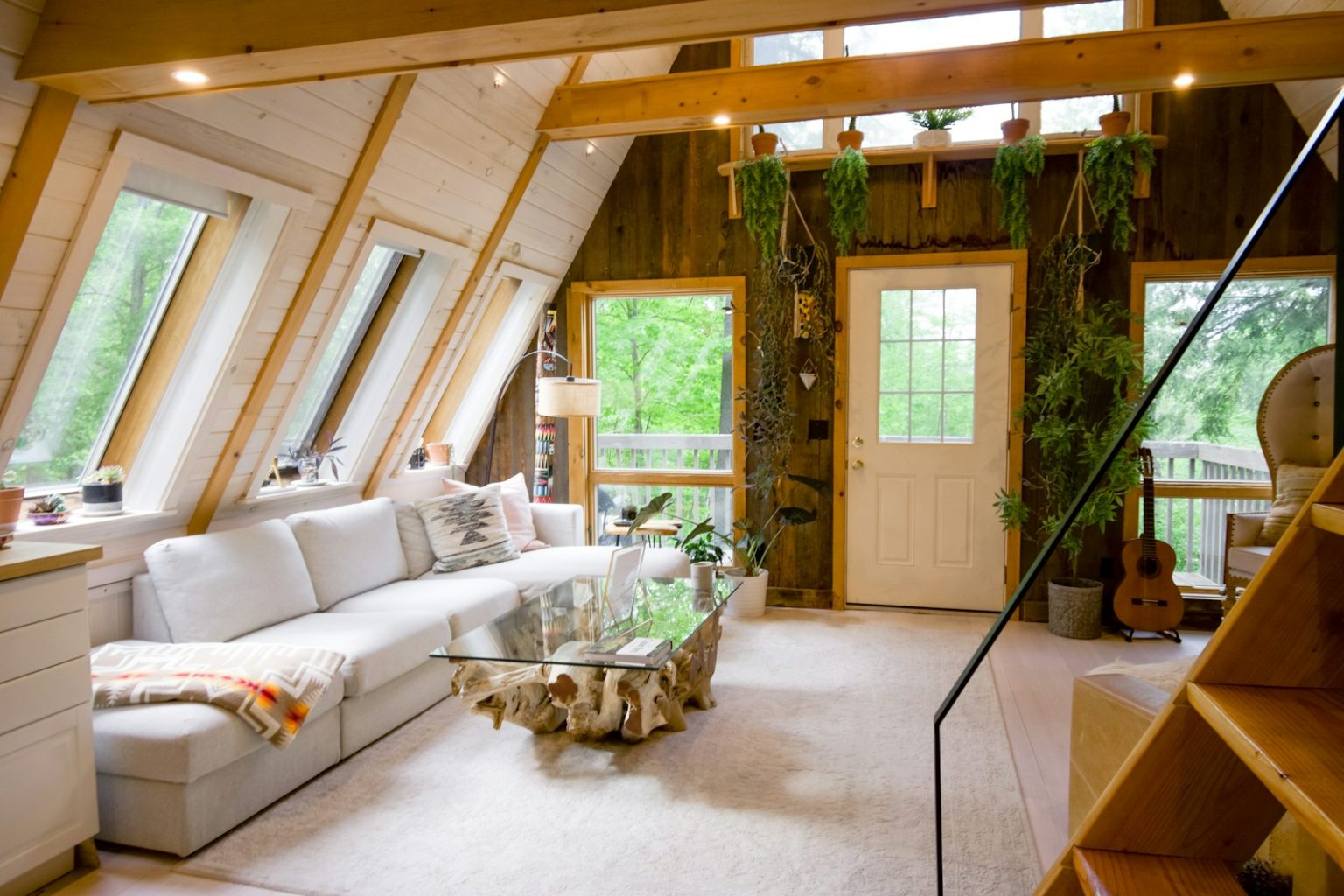Traditional interior design is known for its classic elegance, attention to detail, and comfortable, welcoming atmosphere. Inspired by past eras, this style blends timeless furniture and décor elements, bringing a sense of refinement and stability to any home.
If you’re looking to transform your home into a sanctuary of classic elegance, here are some essential features and tips for embracing traditional style.
1. Classic furniture
Traditional furniture is often robust, with ornamental details and high-quality finishes. Pieces are usually made from solid wood, with carved details and rich upholstery.
- Sofas and armchairs: Choose sofas and armchairs with rounded shapes, curved arms, and carved legs. Upholstery in neutral tones or floral patterns is very popular.
- Tables and cabinets: Solid wood dining tables, carved wardrobes, and dressers add an air of elegance and refinement.
2. Classic color palette

The color palette in traditional design often consists of warm, neutral tones with rich, deep color accents. This creates a welcoming and relaxing atmosphere.
- Walls: Paint walls in shades of beige, cream, warm white, or soft pastels. You can also opt for wallpaper with classic patterns, such as stripes or damask.
- Accents: Add accents of rich colors like burgundy, emerald green, or navy blue through decorative pillows, curtains, or rugs.
3. Rich materials and textures
Traditional style is characterized by the use of natural materials and rich textures that add depth and visual interest.
- Wood: Wood is ubiquitous in traditional design. Choose furniture made of oak, mahogany, or cherry with polished finishes and carved details.
- Fabrics: Use luxurious textiles such as silk, velvet, and brocade for curtains, upholstery, and decorative pillows. Persian or Oriental rugs are also an excellent choice.
4. Accessories and ornamental details
Accessories and ornamental details are essential for adding character and personality to a traditional interior.
- Chandeliers and sconces: Opt for classic lighting fixtures like crystal chandeliers or metal candelabras. Wall sconces with ornamental details perfectly complement this style.
- Mirrors and frames: Large mirrors with decorative frames, as well as paintings or photographs in richly adorned frames, are staple elements of traditional décor.
5. Symmetrical arrangements
Symmetry is a key principle in traditional design. Balanced and orderly arrangements contribute to creating an atmosphere of harmony and stability.
- Furniture: Place furniture pieces in symmetrical arrangements. For example, two identical armchairs placed on either side of a coffee table or two identical lamps on a nightstand.
- Decor: Create symmetrical arrangements with decorative items such as vases, figurines, or candelabras to add a sense of visual balance.
6. Classic decorative elements
Classic decorative elements, such as floral motifs, lace, and traditional patterns, are essential for completing the traditional style.
- Drapes and curtains: Opt for heavy drapes with elaborate patterns and fringes that add a touch of luxury and intimacy.
- Vases and flowers: Floral arrangements in classic porcelain or crystal vases bring added beauty and freshness to the interior.

Traditional design is perfect for those who appreciate classic elegance and the comfort of home. By choosing quality furniture pieces, using a neutral and rich color palette, and adding refined decorative details, you can create an interior that exudes sophistication and warmth.
Whether your home is large or small, the principles of traditional design can be adapted to bring an air of nobility and comfort to any space.

